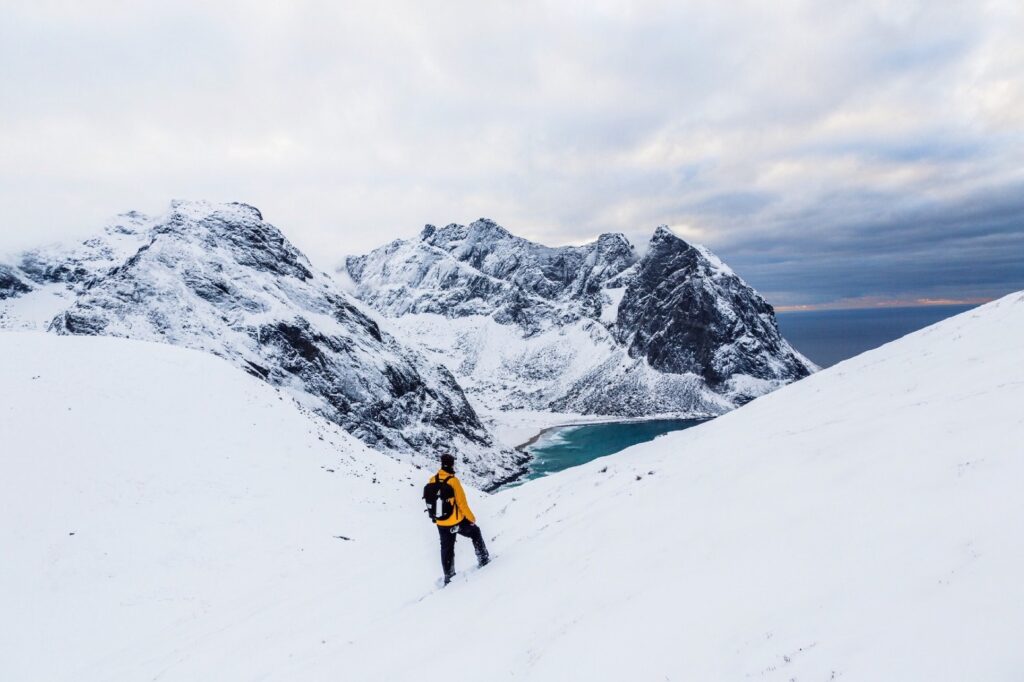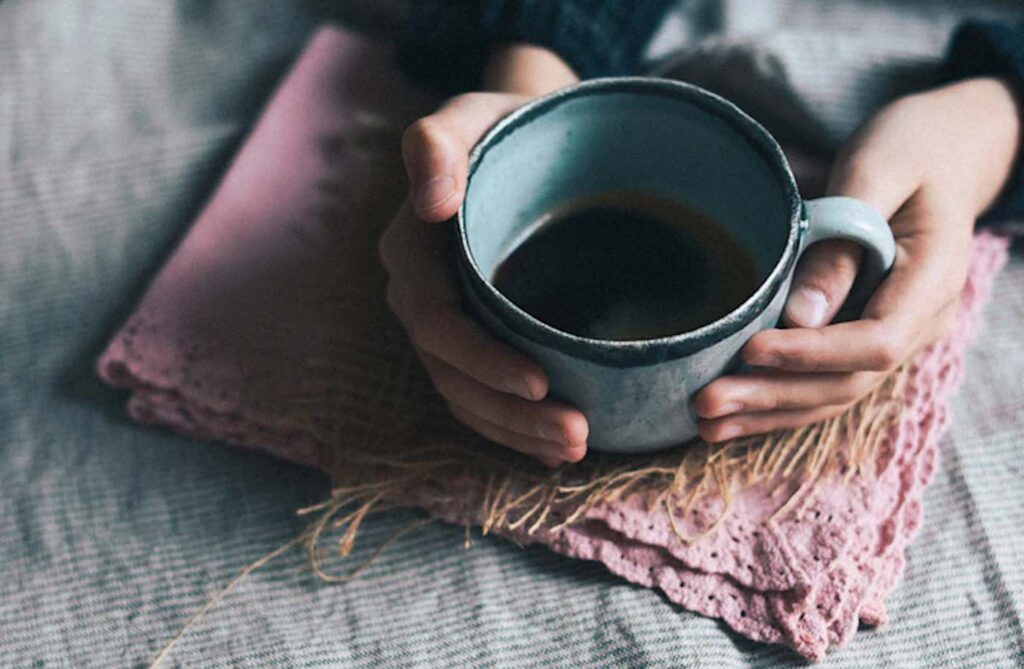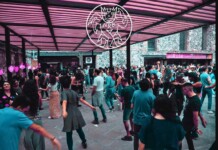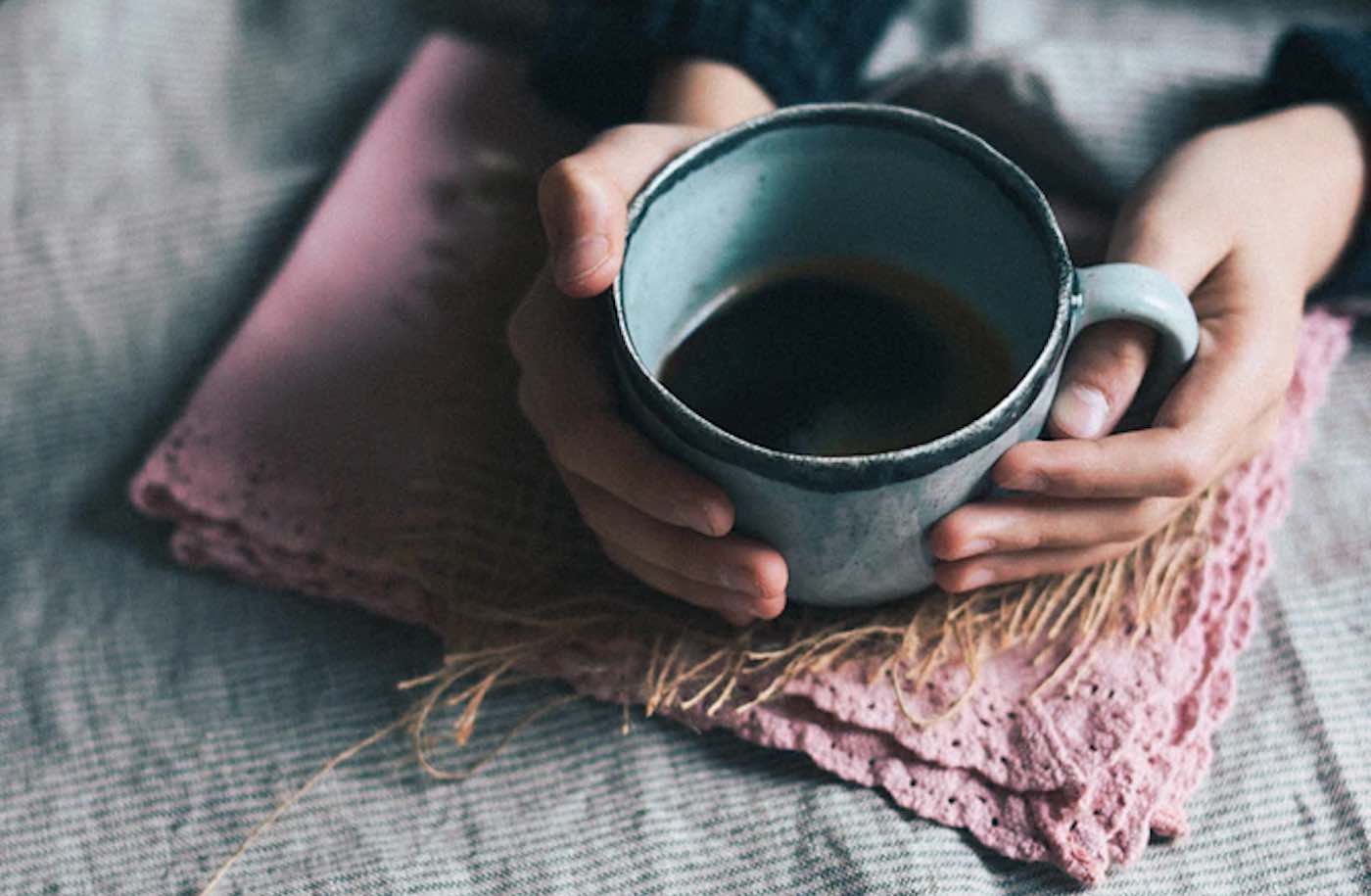At the beginning of the pandemic in Europe and North America, experts feared that if cases weren’t under control or if a vaccine wasn’t available by the time winter arrived in the Northern Hemisphere, we would see case numbers rise in parallel with seasonal wintertime flu.

While this might make winter seem like a season to dread, perhaps even more so than usual, with the arrival of cool nights, psychologists have been looking to the curious people of Norway, only a small proportion of whom suffer from the Seasonal Affective Disorder that typically befalls people during winter months of reduced sunshine, increased time indoors, and fewer daylight hours.
Is there something to take away from the Norwegians’ unique cultural mindset as the air temp falls and COVID-19 case numbers carry on mounting? Let’s see ways the Norwegians stay positive.
The phenomenon of “framing”
Framing in a psychological sense is as simple as the narrative of present, past, or future circumstances that plays in your head. Numerous papers have been published indicating that framing can have a direct influence on overall mental health.
Framing has already been proven to be present in our societies during the short time COVID-19 has been with us, as shown by German psychologists Hannes Zacher, and Cort W. Rudolph, when they demonstrated that positive attitudes during March-May of 2020 were correlated with “controllability appraisals,” while negative attitudes were correlated with “centrality appraisals.”
RELATED: The World’s First Happiness Museum Opened in Copenhagen, and It’s Bound to Put a Smile on Your Face
Kari Leibowitz is an American psychologist studying Norwegians’ attitudes towards their long sunless winter above the Arctic Circle. Residing in the Norwegian town of Tromsø, she observed how the people there tended to view the winter as a challenge, or even more often like an opportunity: an act of reframing that resulted in the residents scoring higher on Leibowitz’s wintertime mindset scale than even their southern neighbors in the capital of Oslo.
- There are many things to enjoy about the winter
I love the cosiness of the winter months
Winter brings many wonderful seasonal changes
And
- Winter is boring
Winter is a limiting time of year
There are many things to dislike about winter
The answers to these questions were found to predict the mental well-being of the answerer over the following months, with many of Tromsø’s residents struggling to imagine why a person might not be excited for winter, while listing things like hiking, skiing, and curling up in front of a fire with a hot drink as things they were looking forward to.
Second lockdown, second chance

Leibowitz and her research was the subject of an article in the Guardian regarding how people might react to news of future second lockdowns.
According to the New Jersey-born health psychologist, a person’s reaction to winter is similar to a person’s reaction to waking up early—it’s something they’re just not born to do (“I’m not a morning person”).
“Most people don’t realize that their beliefs about winter are subjective,” Leibowitz tells the Guardian. “They feel like they’re just someone who hates the winter and there’s nothing they can do about it… But once you put it in people’s heads that mindsets exist, and that you have control over your mindset–I think that that’s tremendously powerful.”
She reckons this proactive framing towards a second set of lockdowns could start with positive things similar to how the wintertime mindset scale looks, i.e. “I’ve already done a lockdown, I can do a second one,” or “This is the perfect time for a bracing hike through the snow as a socially-distanced social activity.”
CHECK OUT: Feeling Stressed? Iceland is Broadcasting People’s Yells of Frustration to Their Scenic Wilderness
Another of Norway’s unique cultural mindsets, that of friluftsliv or “free air life,” could be useful for another set of lockdowns, especially if they arrive during the winter, which many Norwegians recognize acts as a lockdown on its own.
MORE: If You Can’t Muster a Real Smile, Researchers Suggest You ‘Fake it till you make it’
As detailed in another article from the Guardian, “typical friluftsliv activities include relaxing, fishing, hiking, sleeping in “camping hammocks” (not tents) and picking cloudberries. Its symbol is the campfire and its mantra is ‘man’s right to roam’.”
Lasse Heimdal is the general secretary of the Norwegian Association for Outdoor Organizations, who says that one in three Norwegians have increased their outdoor time in friluftsliv during “corona season,” which is quite the thing, since on average Norwegians visit the great outdoors three times a week.
Hannes Zacher, whose work on the psycho-framing of the first lockdowns was mentioned earlier, also noted that the most resilient participants were the ones that took on the lockdowns like a new challenge—even an opportunity, the ones that were “learning something from the experience, or trying to grow as a person as a result from the experience.”
READ: Music Takes 13 Minutes to ‘Release Sadness’ and 9 to Make You Happy, Says New Study
Perhaps we Americans can learn something from people like Heimdal, Leibowitz, and Zacher, and sprinkle a little Scandinavian/pioneering positivity into our 2020 winter months.
PASS On The Positivity And Share The Wintery News With Your Friends On Social Media…




















